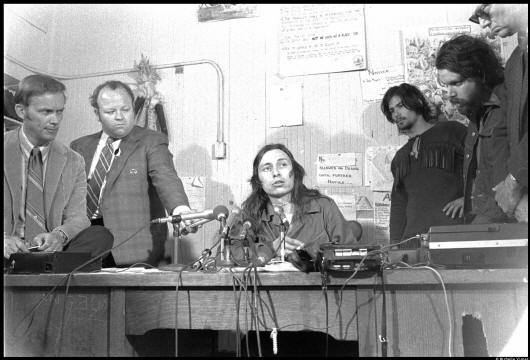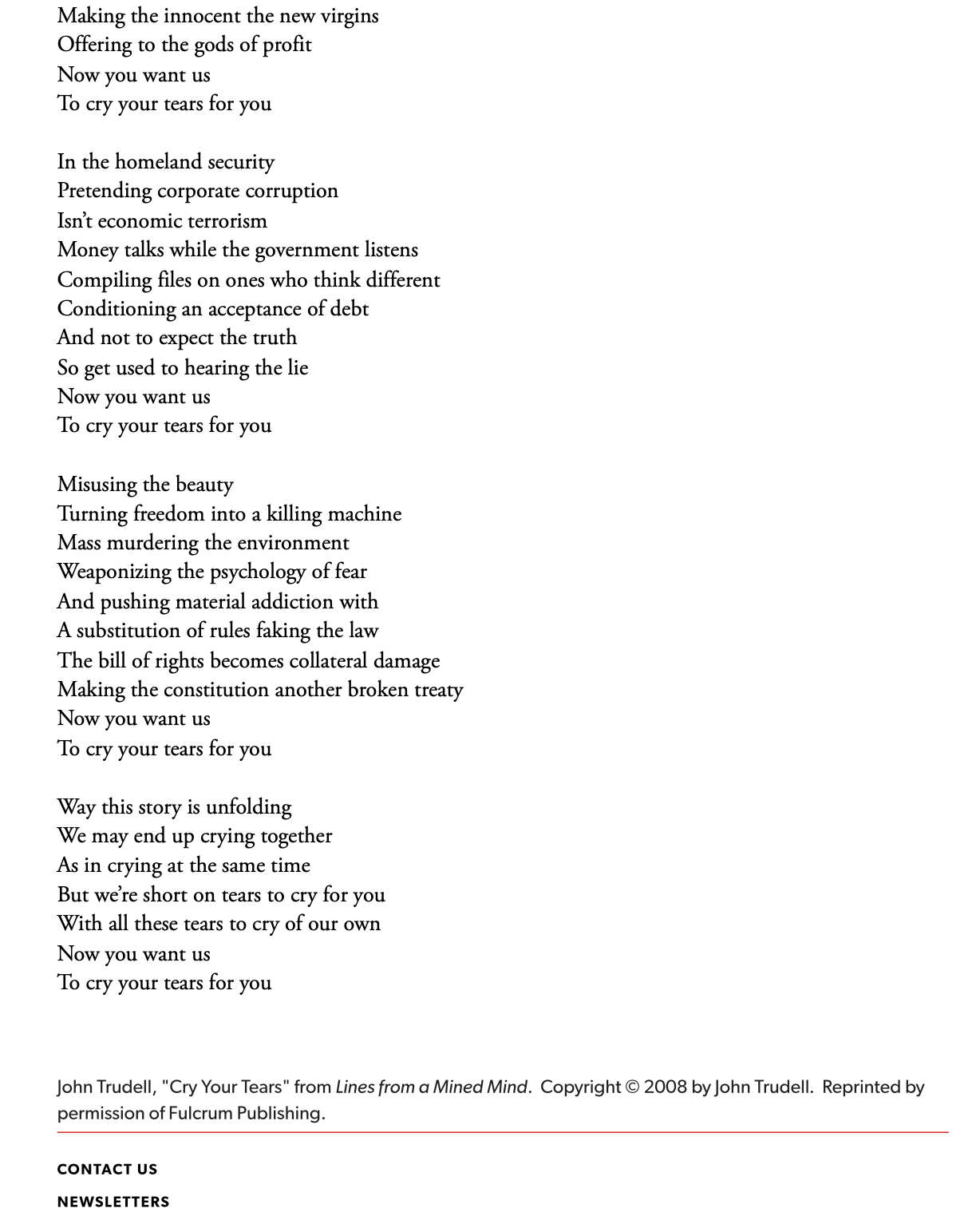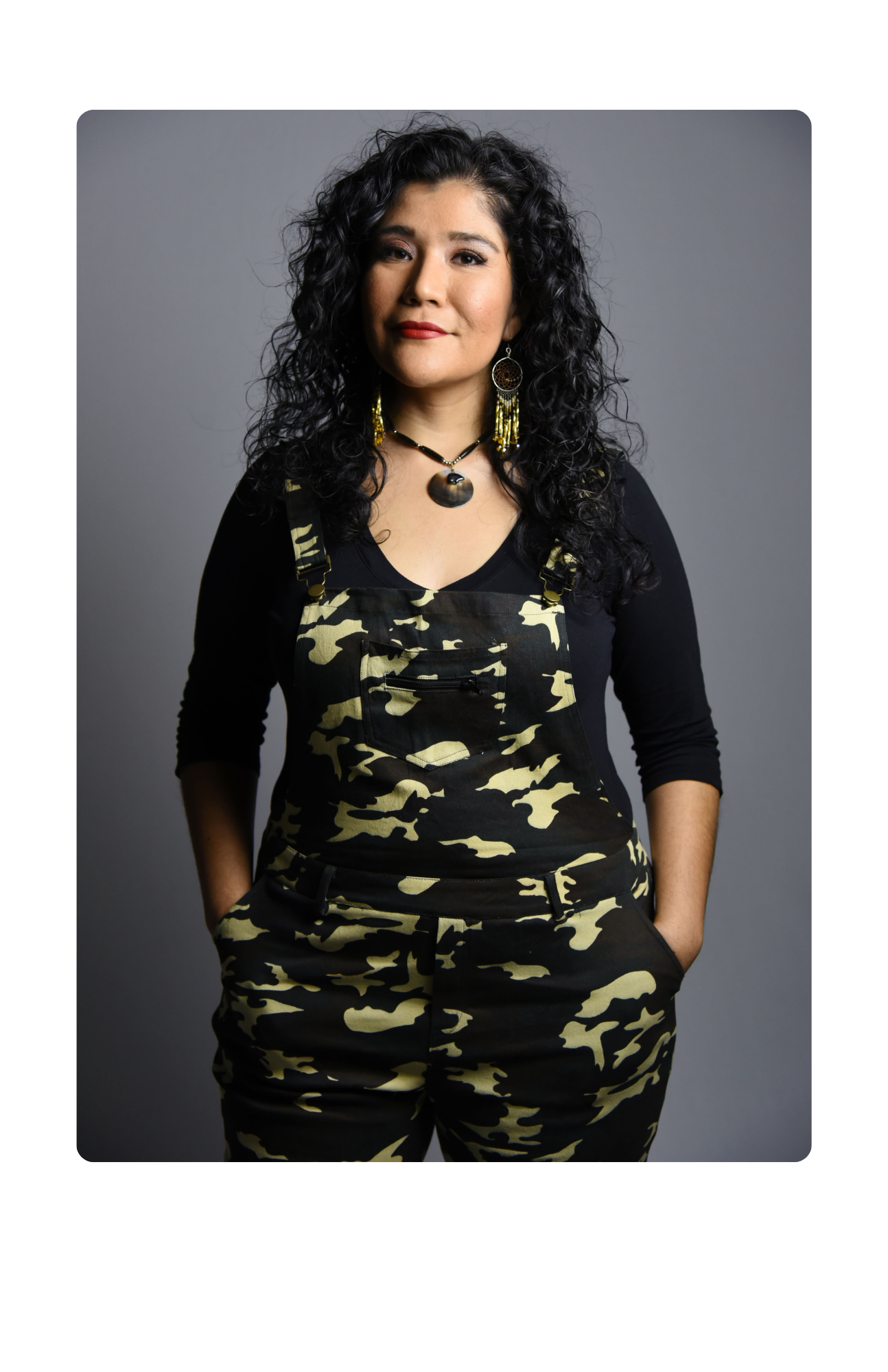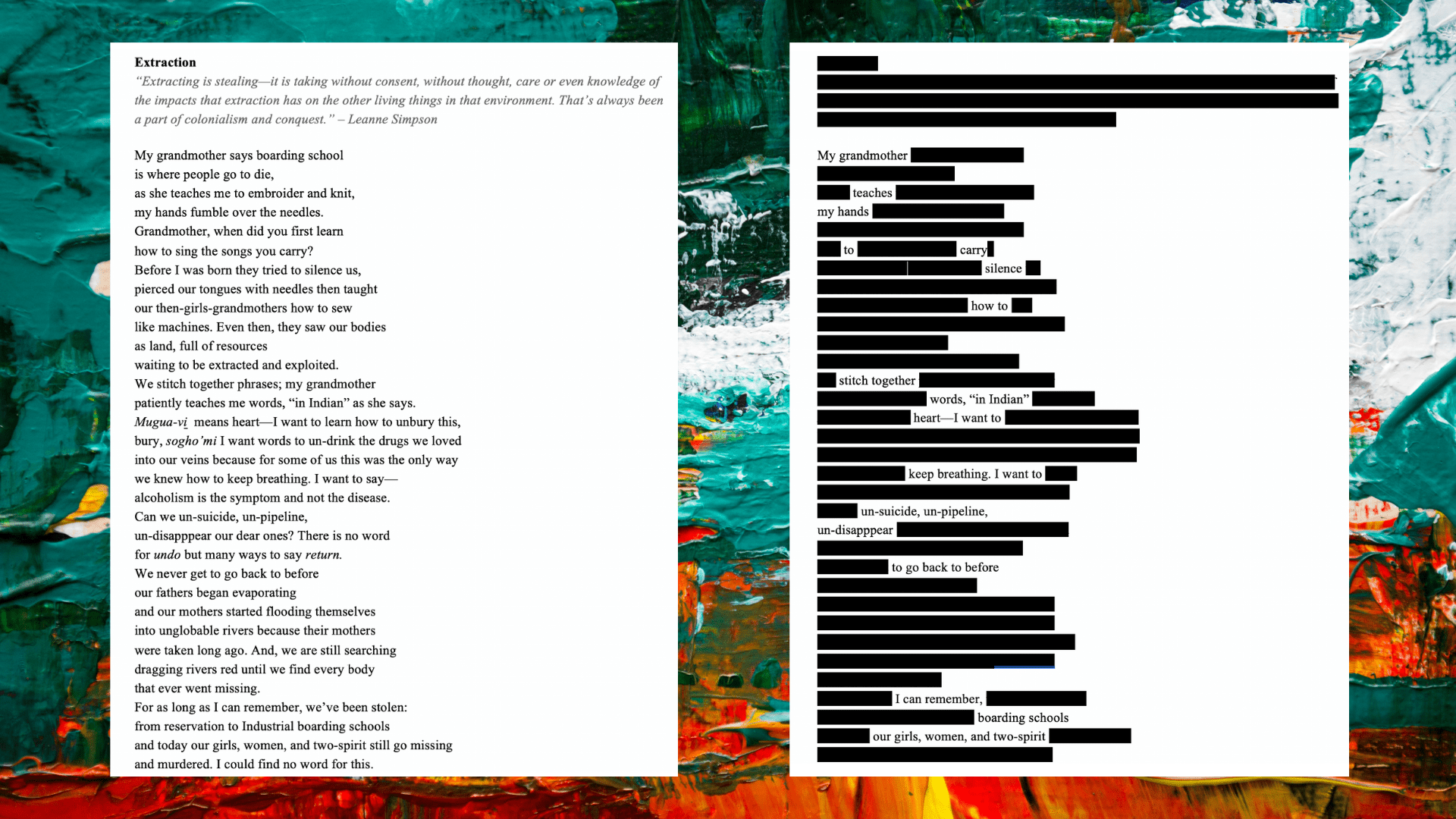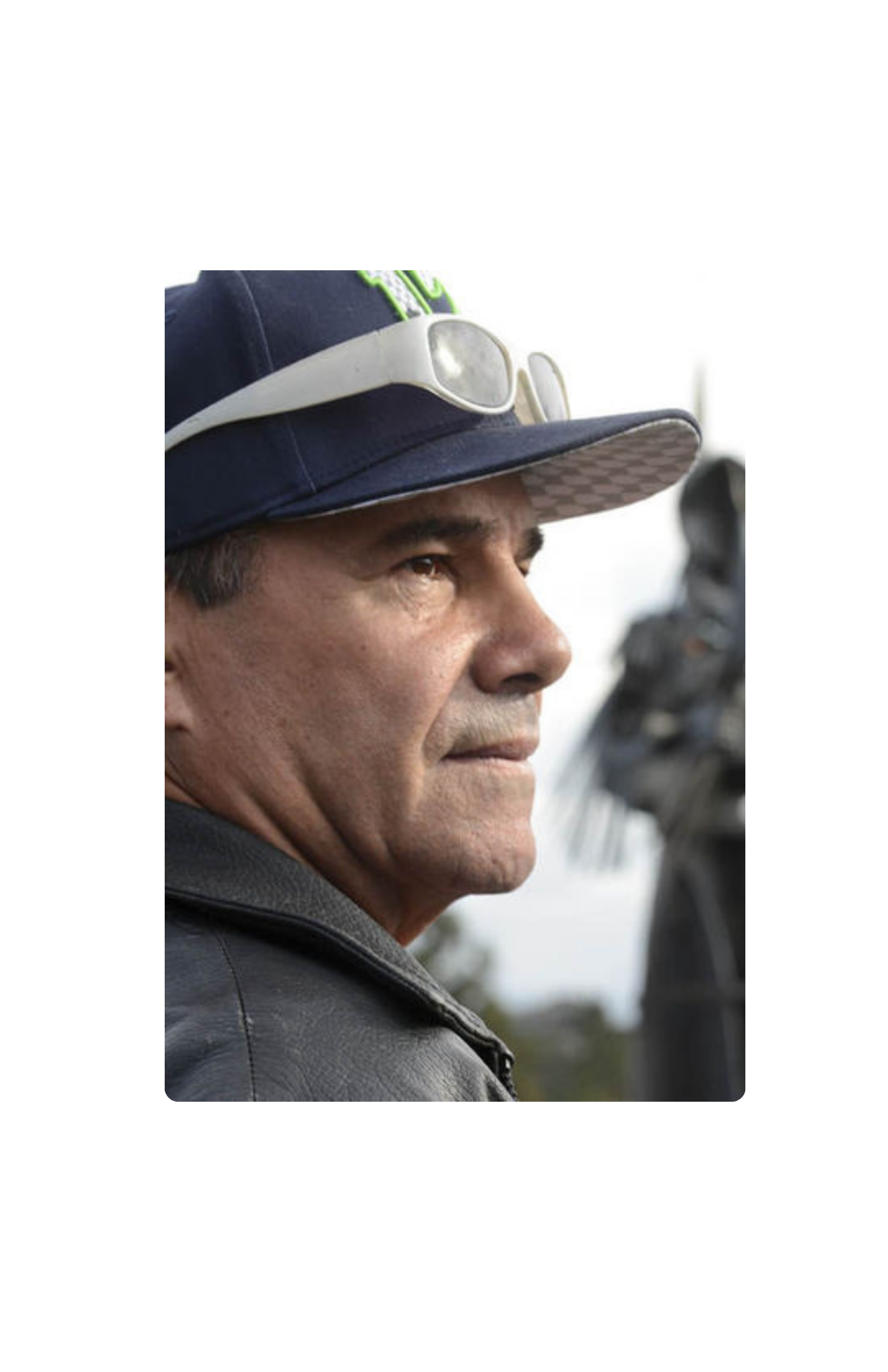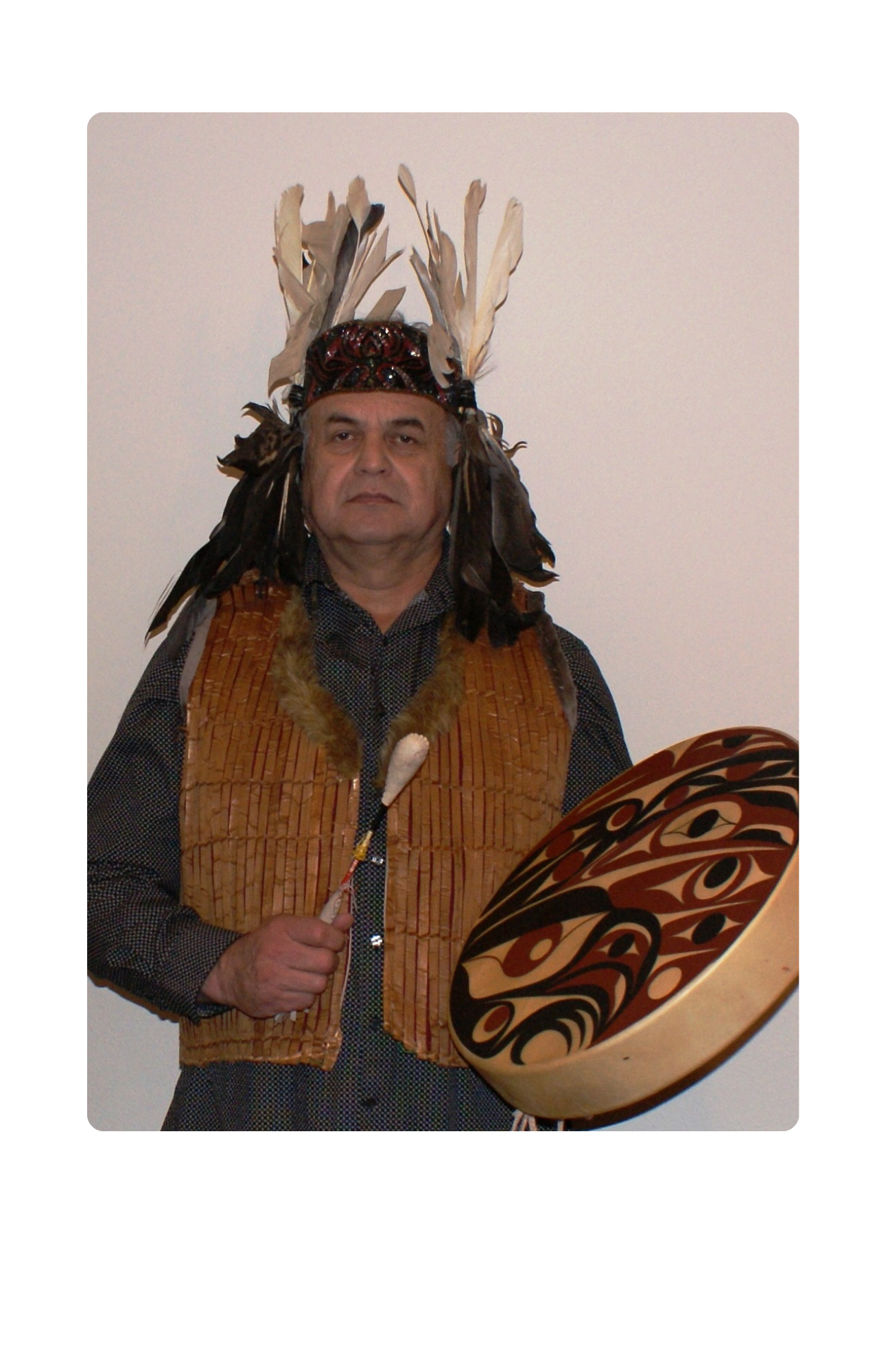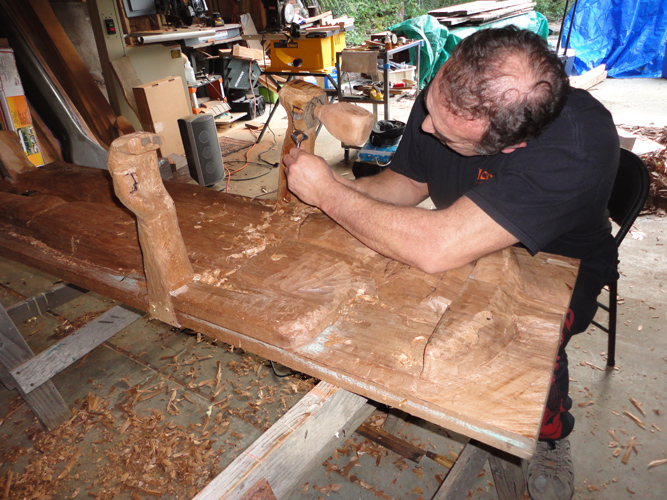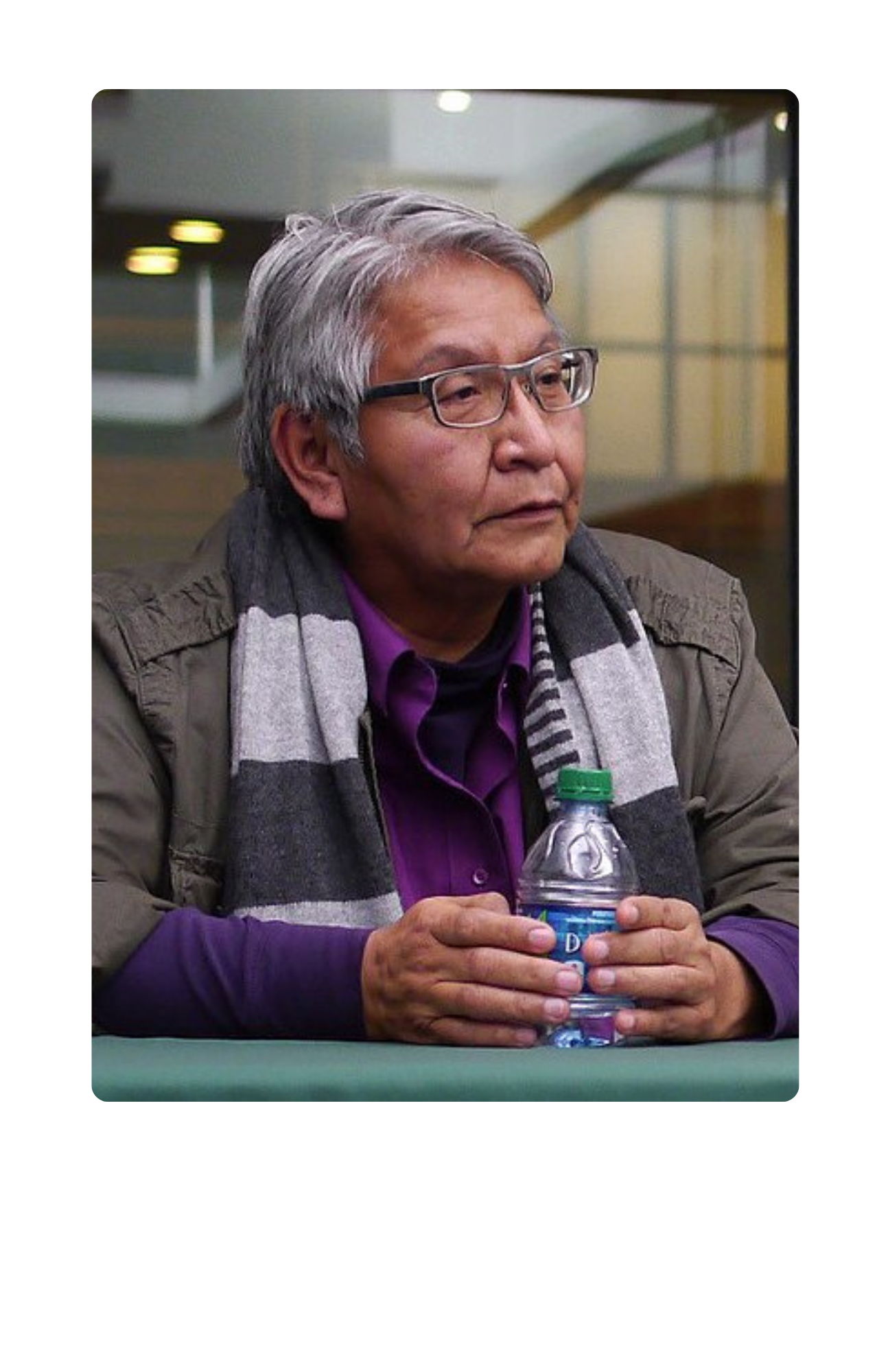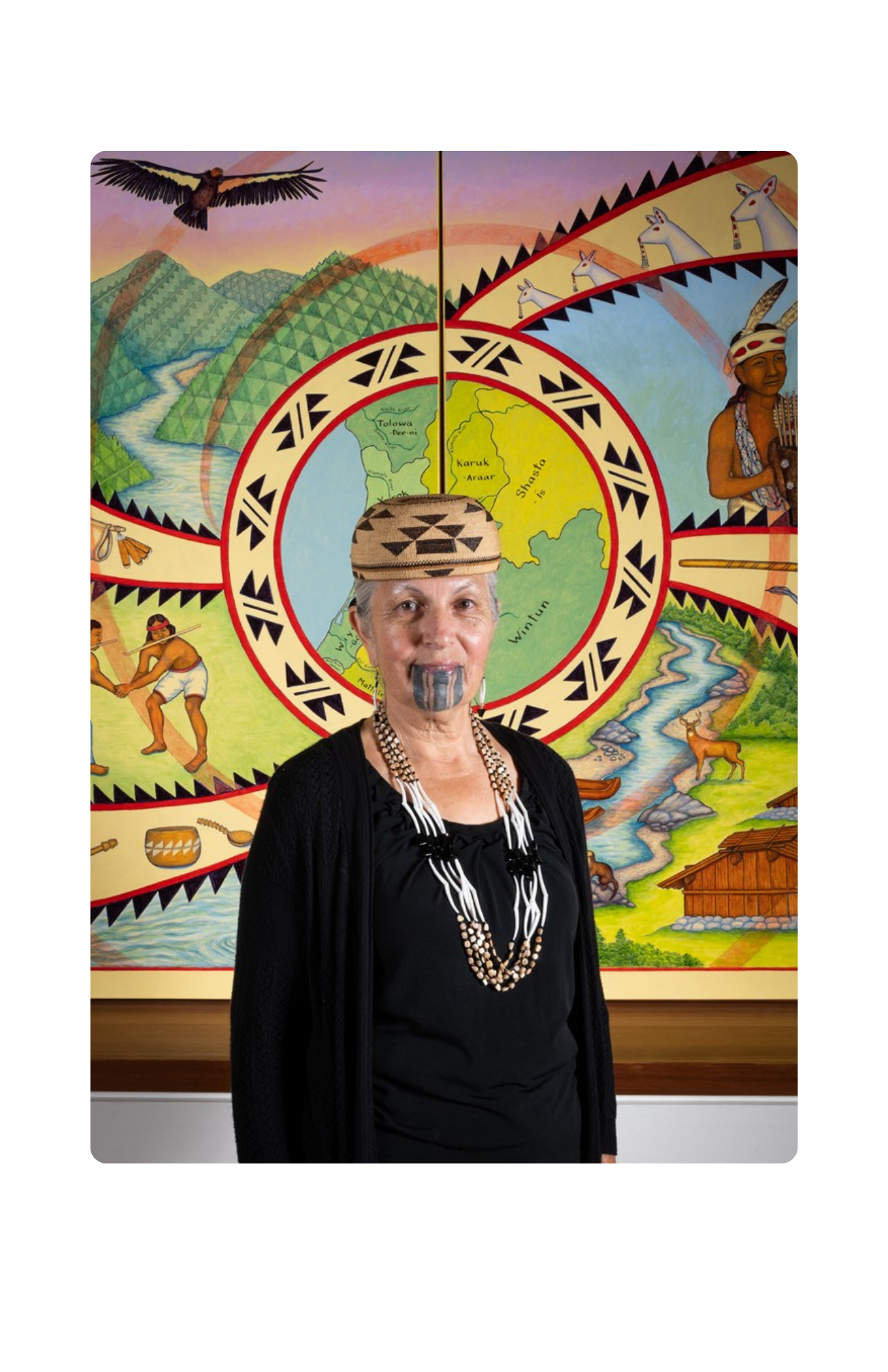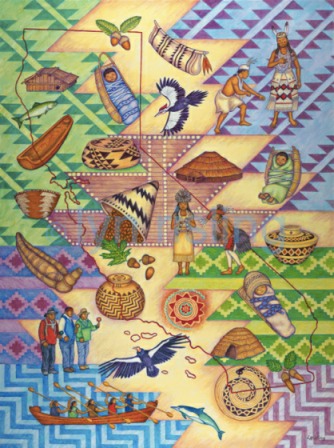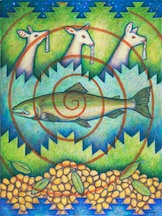Individuals Combating Erasure
“The triumph of John Trudell is that he has been able to bring the strength of a brilliant activist into the arena of the arts — tender, intact, but still on fire.”
— Buffy Sainte-Marie, Interview
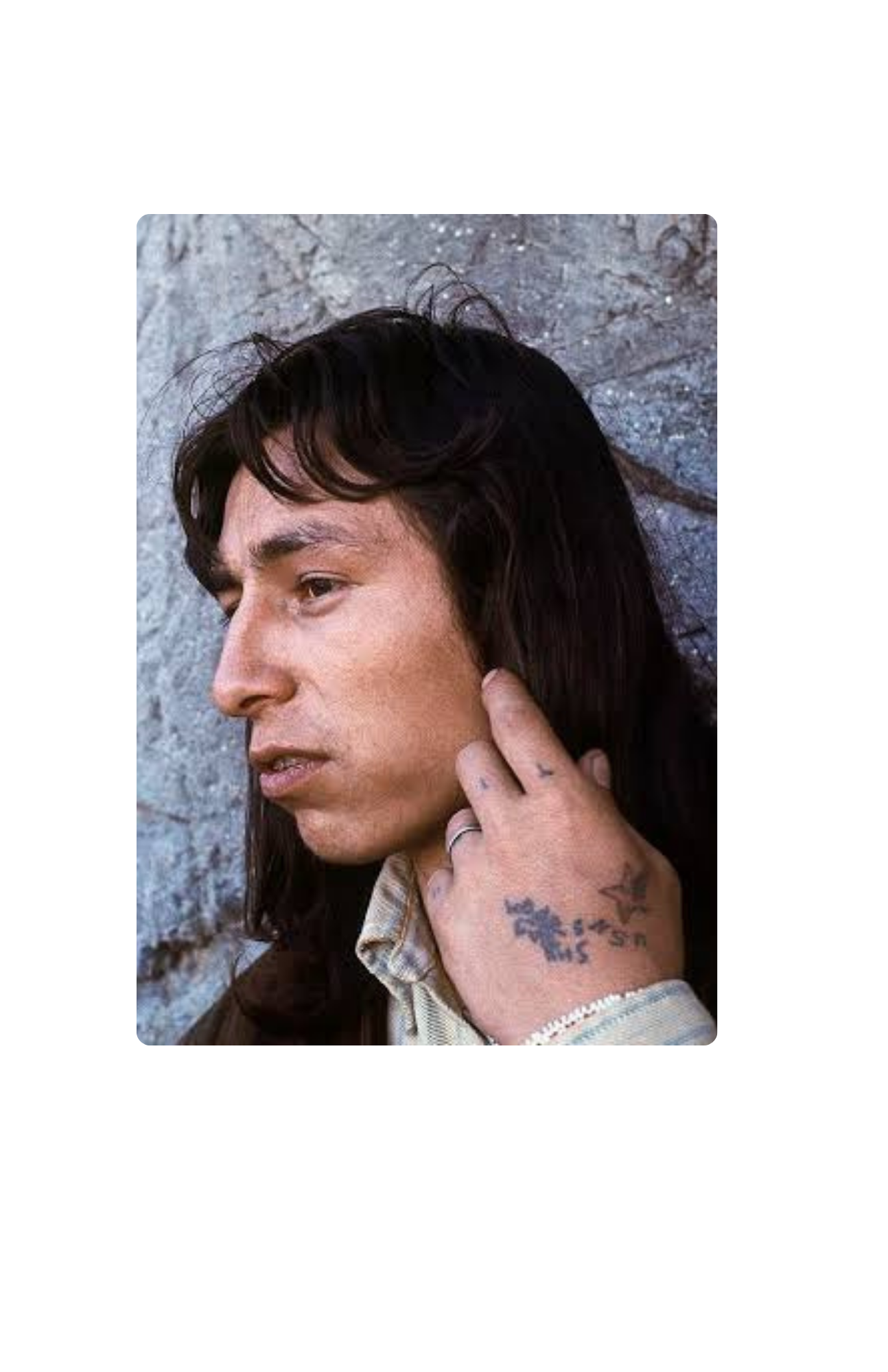
To Visit Trudell's Site
John Trudell
Actor, Poet and Activist
Trudell, most well known for his role as the national spokesman for the All Tribes Occupation of Alcatraz Island, a 19-month demonstration where 78 native individuals symbolically claimed the island for the Native people as a means to advocate for Native American self-determination. While there, Trudell broadcasted the radio station “Radio Free Alcatraz”. He played traditional Native American music, conducted interviews with occupiers and influential figures in the movement, and provided political commentary addressing the state of Native American affairs in the United States. Following his work at Alcatraz, Trudell became the National Chairman for the American Indian Movement. Whilst being the face of the movement, Trudell tragically lost his family to a suspicious house fire, writing that their deaths were “an act of war”... As a result of this tremendous loss, Trudell began to explore the art of poetry. He decided to combine his poetry with the "oldest musical form", this being drums and chants and continued his activism through this medium.
